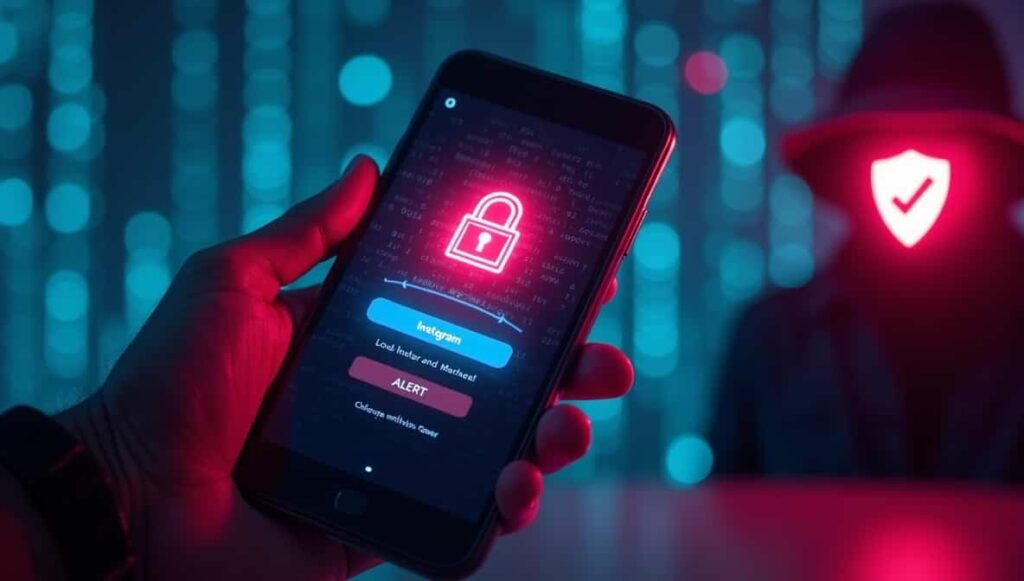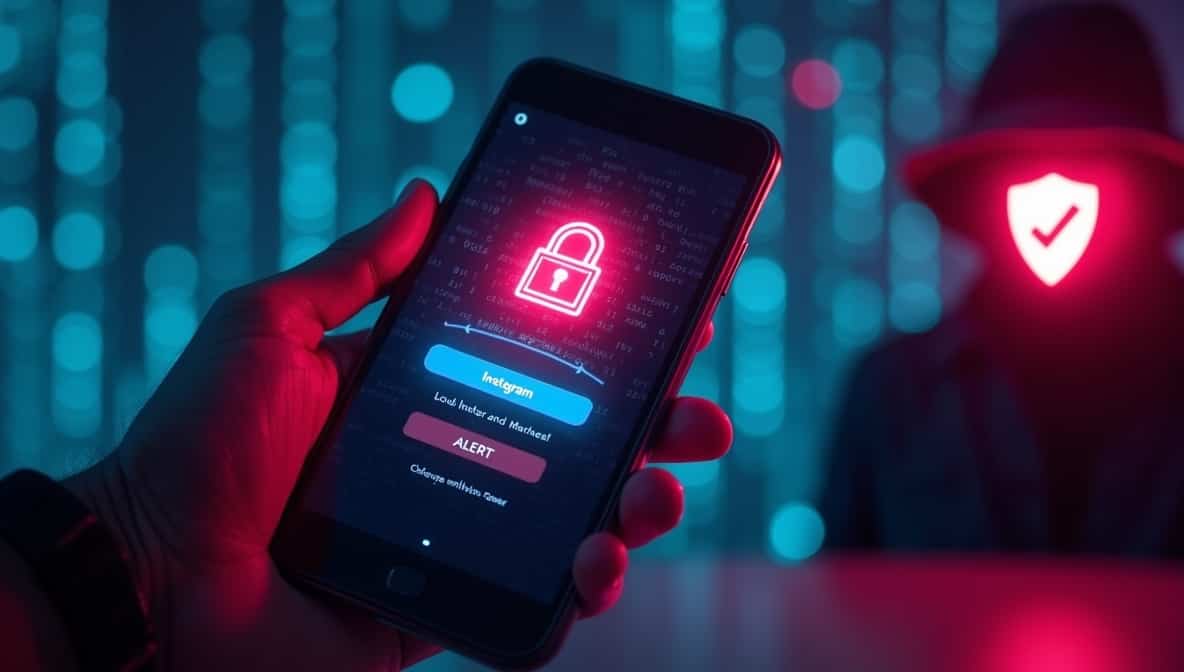Instagram is more than just a platform for sharing photos and videos; it has become a hub for social interaction, business promotion, and personal branding. With millions of accounts active daily, Instagram account security is more critical than ever. Hackers are constantly devising new ways to access user accounts, making it essential to understand Instagram login privacy settings in 2025.

In this guide, we’ll explore the most important privacy settings, step-by-step instructions to secure your account, and practical tips to protect your Instagram account effectively.
Instagram Login Privacy Settings
Understanding Instagram Login Privacy
Instagram login privacy refers to the settings and practices that protect your account from unauthorized access. It ensures that only you and trusted devices can log in. By enabling proper privacy features, you can:
- Prevent hackers from accessing your personal information
- Control which devices and apps have access
- Get notified of suspicious activity
- Keep your Instagram experience safe and secure
Example: Alex noticed an unusual login alert from another city. Thanks to Instagram’s login privacy settings, he was able to log out that session and reset his password immediately, preventing a potential hack.
Top Instagram Privacy Settings in 2025
Here are the essential privacy and security settings every Instagram user should enable in 2025.
1. Two-Factor Authentication (2FA)
Two-factor authentication adds an extra layer of security by requiring a code along with your password when logging in.
How to enable 2FA:
- Go to Settings → Security → Two-Factor Authentication.
- Tap Get Started.
- Choose a method:
- Authentication App (recommended for stronger security)
- SMS (Text Message)
- Follow the prompts to complete setup.
Tip: Always keep backup codes in a safe place. 2FA prevents hackers from logging in even if they know your password.
2. Login Alerts
Instagram sends login alerts whenever your account is accessed from a new device or location.
Benefits:
- Immediate notification of suspicious logins
- Ability to log out unknown devices quickly
How to check login alerts:
- Go to Settings → Security → Login Activity.
- Review recent logins.
- Tap any unknown device and select Log Out.
3. Account Activity Tracking
Tracking account activity lets you monitor:
- Logins from unfamiliar devices
- Apps connected to your account
- Changes to personal information
Steps:
- Settings → Security → Apps and Websites
- Review Active, Expired, and Removed apps
- Revoke access to any suspicious apps
Example: Sarah noticed an old third-party app still had access. She removed it, preventing potential data leaks.
4. App Permissions
Reviewing app permissions ensures that only trusted apps can access your account. Check for:
- Instagram login via third-party apps
- Permissions to post or read data on your behalf
Tip: Avoid granting access to apps promising free followers or analytics, as these can be malicious.
5. Private Account Settings
Switching to a private account limits who can see your posts and follow you.
How to enable:
- Go to Settings → Privacy → Account Privacy
- Toggle Private Account ON
Benefit: Only approved followers can view your content, reducing exposure to hackers and scammers.
How to Enable Instagram Login Privacy Settings
Follow these step-by-step instructions to secure your account fully:
- Open Instagram → Tap Profile → Menu → Settings
- Enable Two-Factor Authentication → Security → Two-Factor Authentication
- Review Login Activity → Security → Login Activity
- Check App Permissions → Security → Apps and Websites
- Switch to Private Account → Privacy → Account Privacy → Private
Pro Tip: Take screenshots of your settings for reference and to ensure nothing changes unexpectedly.
Common Privacy Mistakes to Avoid
Even experienced users make mistakes that compromise account security:
- Using weak passwords or reusing passwords across platforms
- Ignoring login alerts
- Granting access to untrusted third-party apps
- Failing to update email or phone recovery info
- Skipping two-factor authentication
Example: John reused his old password from another app and got hacked when that platform was breached. Always use unique, strong passwords.
How Hackers Try to Breach Instagram Accounts
Understanding hacker tactics helps you stay vigilant:
- Phishing Emails – Fake login pages to steal credentials
- Password Guessing – Using weak passwords to gain access
- Malicious Apps – Fake apps that request Instagram permissions
- Social Engineering – Pretending to be friends or Instagram support
Warning Signs:
- Unexpected logouts
- Emails about password changes you didn’t request
- Suspicious DMs or posts from your account
Best Practices for Instagram Account Security in 2025
- Use strong, unique passwords
- Enable two-factor authentication
- Regularly check login activity
- Limit access to third-party apps
- Keep email and phone numbers up-to-date
- Educate yourself about phishing scams and suspicious links
- Switch to a private account if you only want trusted followers
Internal Link Suggestion: For more tips, see our guide on Instagram login alerts and security.
Frequently Asked Questions (FAQ)
1. What are Instagram login privacy settings?
They are security features that control who can access your account, monitor logins, and protect your personal information.
2. How do I enable two-factor authentication on Instagram?
Settings → Security → Two-Factor Authentication → Get Started → Choose method → Follow prompts.
3. Can hackers bypass Instagram login alerts?
It’s unlikely if you enable two-factor authentication and review login activity regularly.
4. Should I switch to a private account?
Yes, a private account limits who can see your posts, reducing exposure to unauthorized access.
5. How often should I check Instagram login activity?
At least once a month, and immediately if you receive a login alert from an unfamiliar device.
6. Can third-party apps compromise Instagram security?
Yes. Only authorize trusted apps and revoke access to old or suspicious apps.
Conclusion
In 2025, Instagram login privacy settings are more important than ever. Hackers are constantly seeking new ways to breach accounts, but by following the steps outlined in this guide—enabling two-factor authentication, reviewing login alerts, monitoring account activity, and managing app permissions—you can protect your Instagram account effectively.
Call-to-Action: Take a few minutes today to review your Instagram privacy settings. Enable 2FA, check login activity, and secure your account against potential threats.

Dilip Chouhan is a passionate content creator from Rajasthan, India. At 22, he has successfully completed his graduation and is dedicated to sharing valuable knowledge and insights through his writing. With a focus on delivering informative, engaging, and reader-friendly content, Dilip aims to help his audience stay updated, inspired, and empowered.
